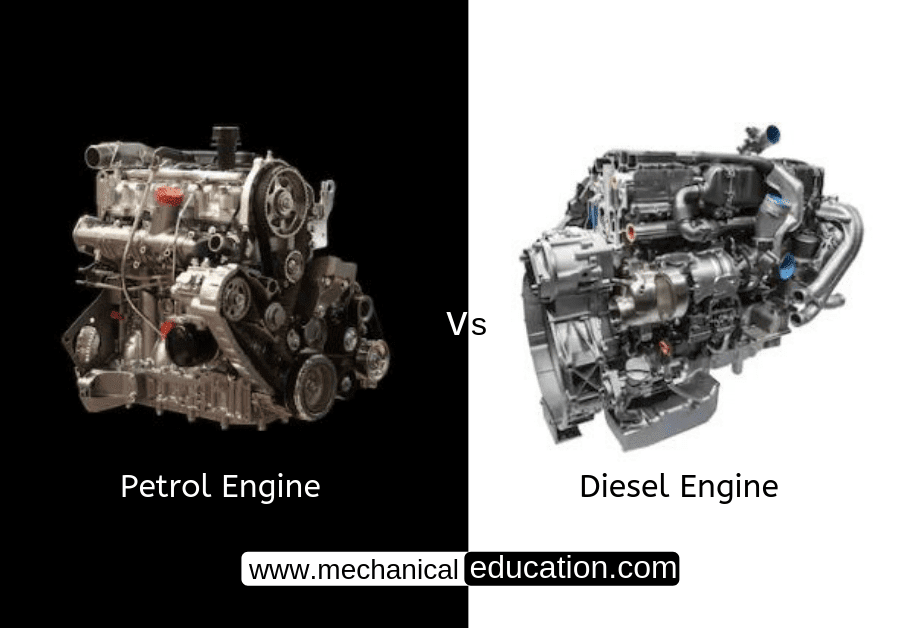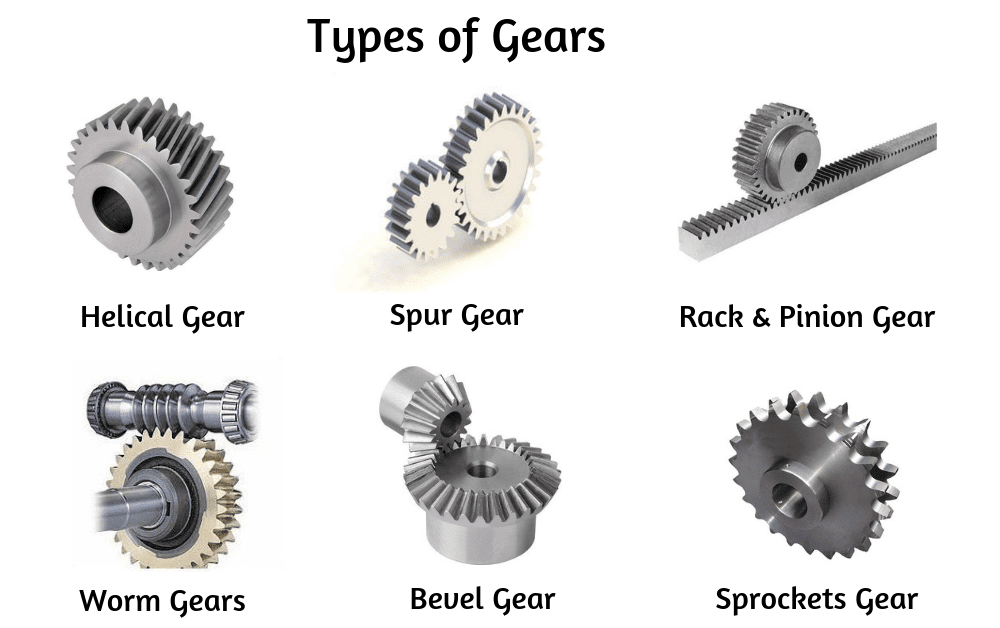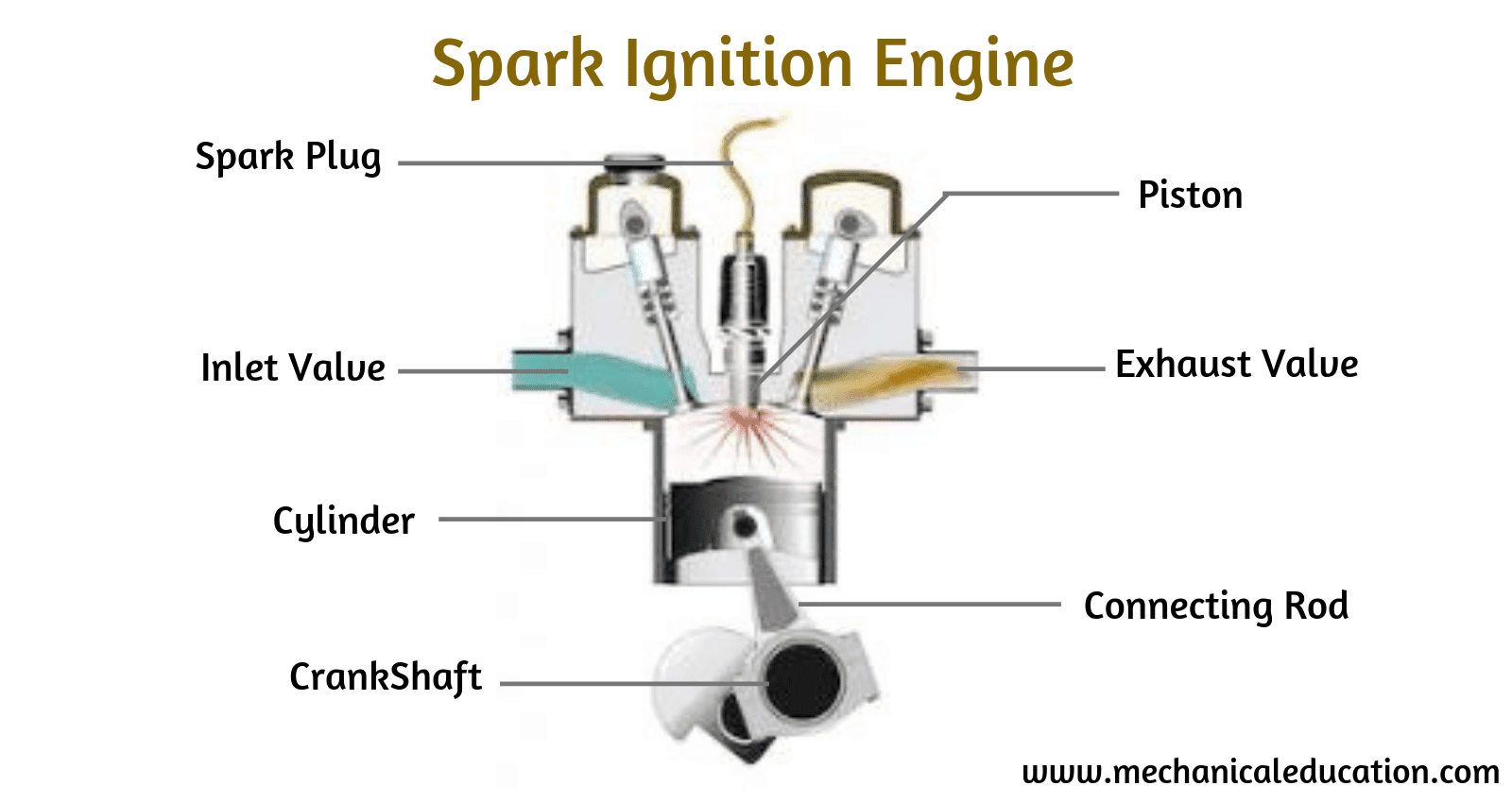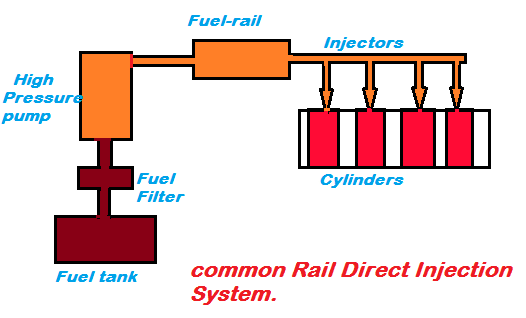Introduction: It may come as a surprise, but the average car has dozens of bearings in it. These bearings are what allow for smooth performance and handling, allowing your car to drive efficiently. In this blog post, we’re going to look at some of the most common types of bearings used in cars and explain how they work.
Different types of Bearings in the car?
Grooved ball bearing
Needle bearing
Roller bearing
Sleeve bearing
Wheel bearing
Grooved Ball Bearing
The grooved ball bearing is one of the most common types of bearings used in cars. They consist of two rings with grooves cut into them (the inner and outer races) that house steel balls. These balls roll when pressure is applied, reducing friction and allowing for smooth movement. The grooved ball bearing is generally found in steering columns, power steering systems, and gearboxes.
Needle Bearing
The needle bearing is similar to the grooved ball bearing; however, instead of steel balls it uses metal needles housed between its two rings (the inner race and outer race). This design allows for greater flexibility than a grooved ball bearing while still providing smooth movement when pressure is applied. Needle bearings are most often used in transmissions and axles.
Roller Bearing
The roller bearing consists of two rings (the inner race and outer race) that house cylindrical steel rollers. Like the other types of bearings discussed above, these rollers reduce friction when pressure is applied and allow for smooth movement. Roller bearings are commonly used in transmissions, crankshafts, camshafts, shock absorbers, alternators/starters/generators, suspensions systems/shock absorbers/struts, engine heads/cylinder blocks/exhaust manifolds/intake manifold valves, drive shafts/axles/universal joints/half-shafts etc., powertrain components such as engines and clutches.
Sleeve Bearing
A sleeve bearing uses a single ring that houses a number of small cylinders filled with oil or grease which helps reduce friction when pressure is applied to them. Sleeve bearings can be found on crankshafts, camshafts and connecting rods inside an engine block as well as on power steering racks or pumps found outside an engine block.
Wheel Bearing
Wheel bearings are responsible for supporting the weight of your car’s wheels; without them your car wouldn’t move very far! A wheel bearing usually consists of two sets of metal balls (or rollers) housed between two metal plates or “races”; these allow for smooth rotation even when under heavy loads such as those caused by acceleration or braking forces from your car’s wheels moving up or down roads with varying gradients or terrain etc.. Additionally wheel hub assemblies also use a “seal” to prevent dirt particles from entering into the wheel hub assembly itself thus compromising its performance over time due to excessive wear & tear from dust particles etc..
Conclusion:
Bearings play an important role in keeping our cars running smoothly for long periods of time without any major maintenance issues arising due to excessive wear & tear from lack lubrication or dirt particles entering into areas where they shouldn’t be able to enter due to sealant preventing them from doing so – this ultimately keeps our vehicles running optimally & safely! As you can see there are various different types & sizes depending on where they’re being used within our vehicles – all designed specifically towards providing maximum efficiency whilst minimising wear & tear caused by external factors such as dirt particles entering into sensitive areas etc.. We hope this article has provided you with some useful insights into why bearings are so important & what type each vehicle may require depending on its specific utilisation requirements!




